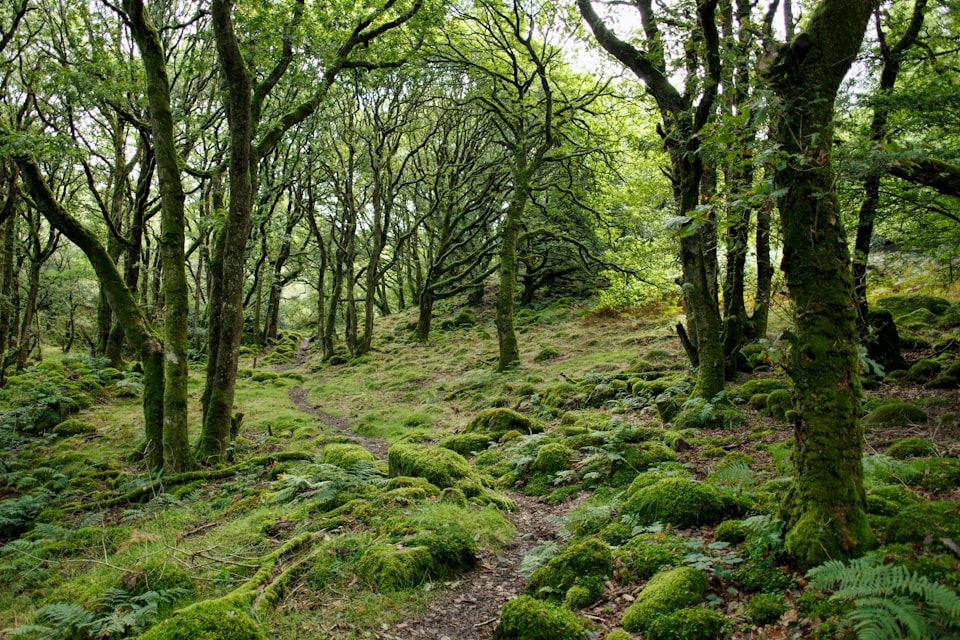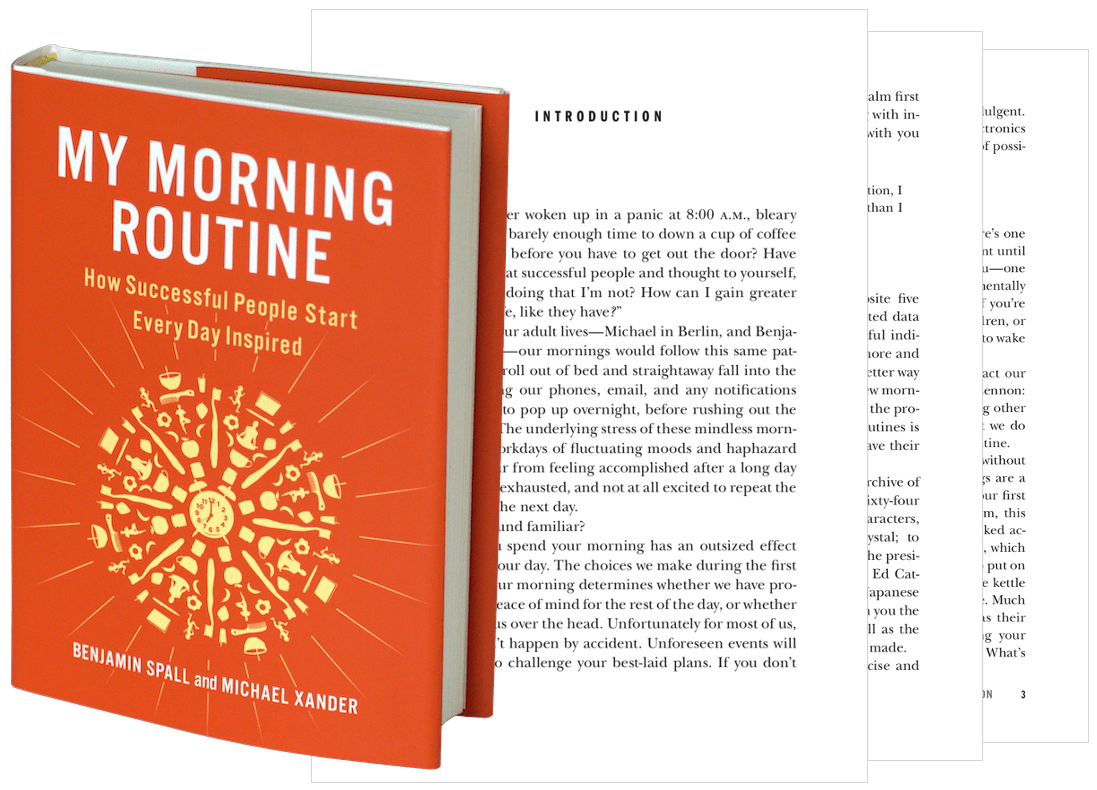Nature-Deficit Disorder: What It Is, and How to Overcome It

Have you ever felt “out of sorts” in your own home?
From a general feeling of malaise, to a sudden lack of ambition or will to do things that you would normally be excited to do—you don’t feel right, but you can’t quite put your figure on the problem.
While these feelings can be caused by any number of things, there’s a chance that if you’re feeling this way, or if you have felt this way in the past, you are suffering from nature-deficit disorder.
In this article, I’m going to dive into the symptoms and effects of nature-deficit disorder, and ultimately discover how to overcome it.
What is Nature-Deficit Disorder?
Nature-deficit disorder is a term to describe what happens to us when we are alienated from nature.
As many of us, especially children, spend more time indoors, we become less attune to the natural world, and in turn, we struggle with reduced attention spans, diminished mental and physical states, and a range of other afflictions.
Coined by Richard Louv in 2005, while nature-deficit disorder is not a medical diagnosis, it is at its core the human cost of alienation from nature. As Louv notes in a 2019 article:
Although human beings have been urbanizing, and then moving indoors, since the introduction of agriculture, social and technological changes in the past three decades have accelerated the human disconnect from the natural world.
Louv continues:
Among the reasons: the proliferation of electronic communications; poor urban planning and disappearing open space; increased street traffic; diminished importance of the natural world in public and private education; and parental fear magnified by news and entertainment media.
What is the Primary Cause of Nature-Deficit Disorder?
The most common cause of nature-deficit disorder is a lack of time spent outside in nature.
As much of the world’s population continues to move into cities (anecdotal evidence of individuals moving in the other during during the COVID-19 pandemic not withstanding), nature-deficit disorder is only going to become more acute. It it essential that adults and children alike make a conscious effort to not only go outside on a regular basis, but as I’ll touch upon below, find other ways to bring nature into their lives.
How to Overcome Nature-Deficit Disorder
The good news is nature is closer than we think.
I live in New York City, and while there isn’t much nature to speak of directly around my block, I take my dog to Central Park every morning either for a walk or, more often, so she can run around off-leash with her friends.
Prior to adopting Jane last year, I could go days without walking in the park, despite it being just a few blocks from my apartment. During the height of the pandemic in New York City, my wife asked when I had last been outside. “Coming up on three days,” I told her. She asked because I had been outwardly showing signs of nature-deficit disorder: I was lethargic despite sleeping well at night, I was working later despite it not being asked of me, and I was showing signs of anxiety.
While taking a walk in the woods, or indeed your local park, is a surefire way to begin to overcome nature-deficit disorder, if work, parenting, or other responsibilities keep you from being able to do this on a daily basis, there are other ways in which to overcome nature-deficit disorder, or at least reduce its symptoms:
- Start a garden: If you have space in your back yard to start planting, this is ideal. If not, even a small balcony or window sill in which you can place some pots will give you some green space from which you can “get back to nature” every day.
- Open your windows: Feeling a good breeze rush through your hair needn’t be a sensation confined to the outside. Whenever you’re unable to get away from your work or other duties for a particular length of time, open all nearby windows (put on extra layers if needed) to bring the outside in.
- Partake in forest bathing: While this is unlikely something you’ll be able to find the time to do every day, forest bathing (also known as “nature therapy”) is a remarkably effective way to feel at one with the world around us.
If you’re interested in hearing more from me, be sure to subscribe to my free email newsletter, and if you enjoyed this article, please share it on social media, link to it from your website, or bookmark it so you can come back to it often. ∎




